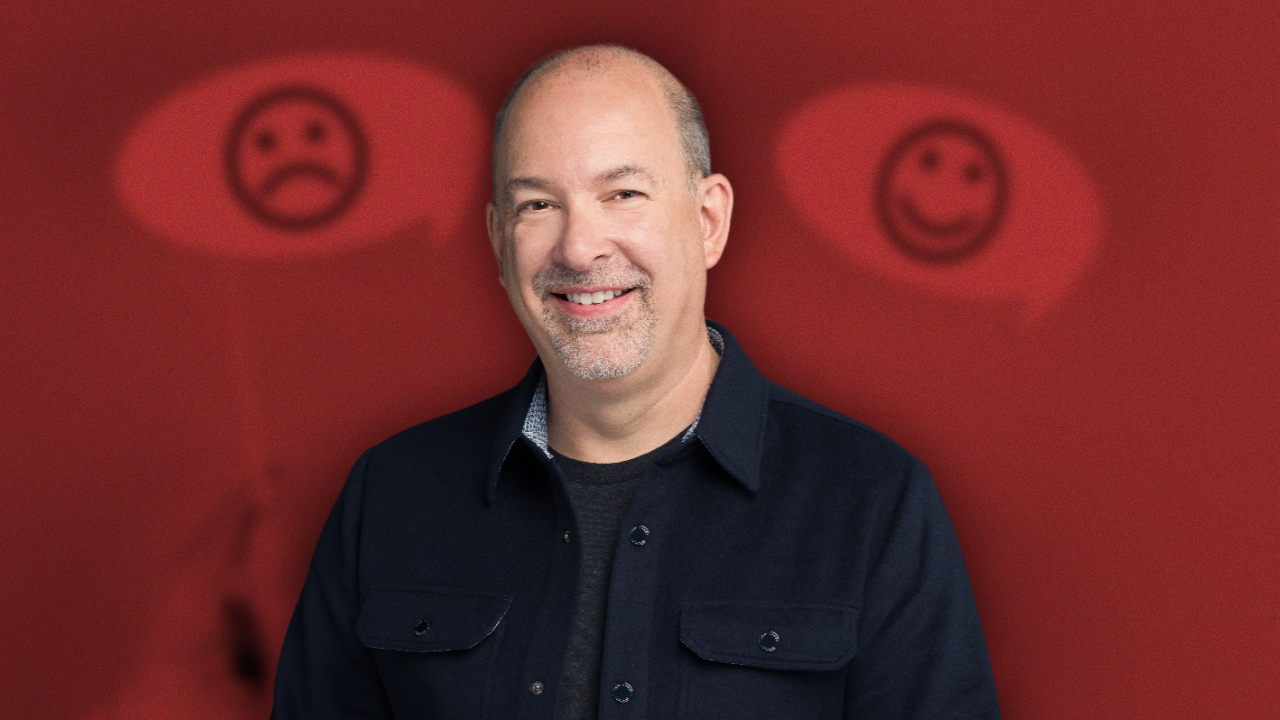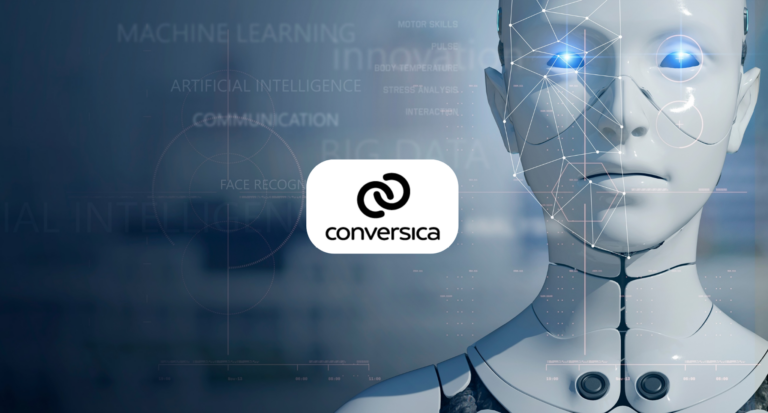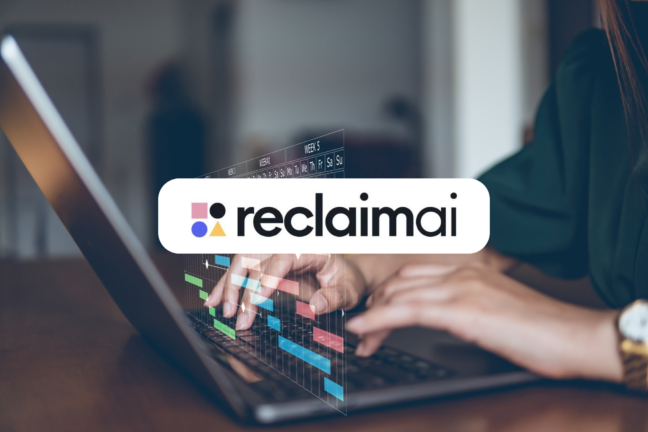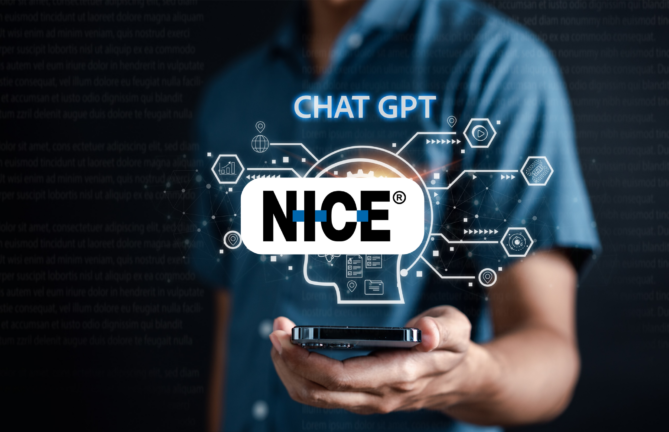As a tech professional, I’m used to being a road warrior. Like my fellow traveling nerds, I learned over the years that creating a routine makes business travel easier. A massive part of that routine for me involves a heavy dependency on technology - mostly mobile apps. From the moment I order an Uber, to boarding my United flight, and settling into my room at a Marriott property, I have the introverted luxury of avoiding conversation with a single individual in most cases.
Apps have come a long way in a few short years, and the travel industry is a great testament to my opinion. Companies, like those I mentioned earlier, have figured out that customer experience can be heavily influenced by their digital products. Similarly, their customers perceive these digital experiences as a differentiator among brands. For example, United Airlines has an award-winning app for a reason (I may be biased here, see my bio), and Uber is the OG when it comes to app experience.
Why Your Business Can't Afford to Ignore Observability
However, these experiences and cool features are only great when the app works. No longer do users have patience for technology to be simply available. Today, an app must always just work. There’s even less tolerance for slow performance, timeouts and app crashes. Customers will simply move on, and, more quickly than you may think, switch their loyalty.
A hidden but well-deserved credit goes to the pros and technology that ensure we get that always-on experience: Observability. You might be wondering, “What the heck does that mean?”, so let me help you out here. Observability, or O11y as it’s often referred to, has evolved as a practice in recent years and is used by companies concerned about customer experience.
Simply put, companies rely on o11y to provide end-to-end monitoring of their apps, websites and all the supporting tech under the hood. At the risk of dating myself, I often tell non-tech types that o11y is the Gladys Kravitz (the nosey neighbor on the 70s sitcom, Bewitched) of technology.

Random TV references aside, o11y provides deep insights into the health of applications so product owners, site reliability engineers (SREs), and digital teams know about issues that might drive you to the competition. Done well, these insights trigger alerts that warn teams before they’re apparent to customers or negatively impact customer experience.
From Metrics to Meaning: How Observability Drives Customer Delight
These insights come from data created when developers build applications in the form of metrics, events, traces, and logs (MELT if you’re keeping track of acronyms). A mature o11y team combines technology insights from their applications and infrastructure with business insights on C-suite-ready dashboards. That allows teams to not only understand that last night’s software update didn’t go as well as hoped, but that it’s also driving a 10% negative impact on the conversion rate for the shopping cart service.
Or perhaps their contact center agents are being hampered by a poor-performing service, but thanks to a dashboard, they see that the business metric of Average Handle Time and the tech metric of code response time are both trending in the wrong direction, pointing back to the offending technology as root cause. In both examples, customer experience is preserved thanks to the use of o11y. And, because root cause analysis also gets a significant boost from o11y, performance impacts and unplanned outages get minimized and organizational productivity improves!
Companies that embrace o11y learn quickly that it must become a practice and part of their organizational culture. However, if not managed well, a maturing observability practice introduces challenges as the volume of data collected becomes massive and expensive.
Scaling Observability for Business Impact
In pre-cloud days, companies had on premises (on-prem if you’re a hip techie) data centers that housed thousands of physical servers to run their technology. With cloud, those on-prem servers have become a thing of the past, yielding to containers and microservices with short life spans and on-demand capacity to meet current needs. A few hundred on-prem servers emitting thousands of data points pale in comparison to the volume of data that millions of smaller, ephemeral microservices emit within a few minutes. The cost and scalability challenges become very real at this point.
Today’s o11y marketplace includes many o11y solutions. Some organizations start with a DIY approach that, at first glance, appears to be very cost-effective. But with the compute, storage and manpower requirements, that cost-effective dream can quickly turn ugly, especially when trying to self-lifecycle-manage dozens of open source versions, for example.

Other organizations go right to a Software-as-a-Service (SaaS, for your acronym list) provider to deliver a cloud-based solution that someone else manages on the back end, leaving the organization time to focus on code instrumentation and visualization of their metrics. Similar to the DIY solution, the traditional o11y SaaS platform also quickly becomes a big cost concern since most operate on a cost by consumption model while simultaneously encouraging you to collect every metric you can. The idea that you need to keep ALL of your data in the observability platform is just not true - and, in fact, only benefits the vendor.
As the next-gen o11y tools surface, customers will have to look at how those platforms help them manage and value the metrics they ingest to help control costs, as well as ensuring the platform can scale with their company’s growth plans. While traditional SaaS o11y platforms have always provided proprietary solutions that lock customers into their platforms for years at a time and require migrations, next-gen platforms integrate with open-source standards and eliminate the headache of vendor lock-in and costly migration efforts.
As you walk away with some new vocabulary to use in casual conversation and impress your friends, you also now understand the massive positive impact that o11y can have on customer experience. You’re walking away with some insights on trends in o11y platforms and insights to consider as you mature or begin your o11y journey.
Key Takeaways
To recap what to remember as you start or advance your observability journey:
- Create a culture of observability from the moment applications are developed
- Look for a partner that can scale with you cost effectively
- Leverage open standards and platforms that avoid vendor lock-in
- Be diligent in only storing data that is valuable to your insights (don’t pay for data that is garbage - and there’s a lot of that)
- Use olly insights to not only resolve incidents quickly but to continuously improve customer experience
Whether you’re a member of a product team, a digital marketing genius, or a fellow tech-nerd like myself, you now understand that o11y can provide cross-functional value to an organization and a massive uplift to customer experience.
-
Bill Hineline is Field CTO for Chronosphere, a cloud-native observability company. Over his 25-year technology career, he has held a variety of leadership roles, ranging from IT operations and engineering to digital marketing. He led the observability and platform engineering teams during his 17 years with United Airlines. In his current role, he bridges the gap between business challenges and observability solutions by sharing real-world experiences with a customer perspective.









